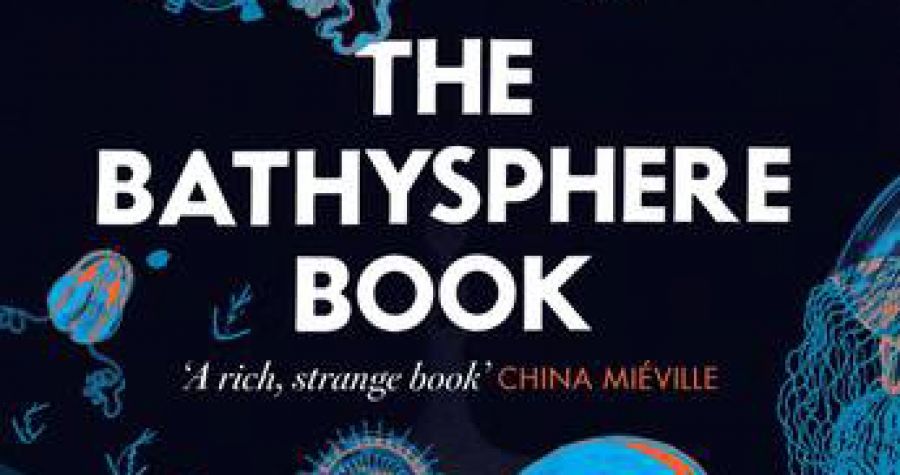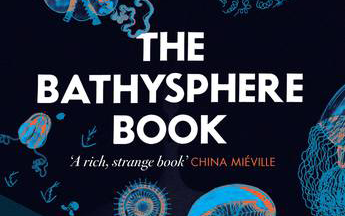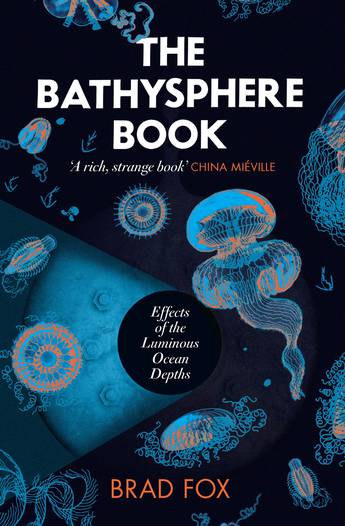
- Free Article: No
- Contents Category: Science and Technology
- Review Article: Yes
- Article Title: The eye of the deep
- Article Subtitle: The importance of wonderment
- Online Only: No
- Custom Highlight Text:
In 2019, Smithsonian magazine published a profile of an American inventor, entrepreneur, and undersea explorer named Stockton Rush. Rush and his company, OceanGate, had recently celebrated the successful descent of their experimental manned submersible Titan to the extraordinary depth of 4,000 metres. Titan’s design was innovative in two important ways: its body was composed centrally of carbon fibre, which made it light and comparatively inexpensive to operate, and it was a cylinder. A spherical sub might have had ‘the best geometry for pressure’, observed Rush, ‘but not for occupation’ – and this represented an unpalatable check on OceanGate’s plans to deliver groups of high-paying tourists to the wreck of the Titanic. ‘I had come across this business anomaly I couldn’t explain,’ Rush reflected: ‘If three-quarters of the planet is water, how come you can’t access it?’
- Featured Image (400px * 250px):

- Alt Tag (Featured Image): Killian Quigley reviews 'The Bathysphere Book: Effects of the luminous ocean depths' by Brad Fox
- Book 1 Title: The Bathysphere Book
- Book 1 Subtitle: Effects of the luminous ocean depths
- Book 1 Biblio: Pushkin Press, £22 hb, 384 pp
- Book 1 Cover Small (400 x 600):

- Book 1 Cover (800 x 1200):

Uncertainty is the predominant attitude of Brad Fox’s learned, formally provocative The Bathysphere Book: Effects of the luminous ocean depths. Beebe was a prolific writer, and Fox has pursued his oeuvre, including some startlingly compelling unpublished papers, in archives at Princeton University, the Library of Congress, and elsewhere. Meanwhile, Fox has consulted the testimonies of several of Beebe’s colleagues and intimates, most notably Gloria Hollister, his colleague at the New York Zoological Society’s Department of Tropical Research and sometime lover. But like Beebe’s Atlantic dives, Fox’s pursuit does not exactly produce a clearer sense of its subject as it goes deeper. Instead, The Bathysphere Book arranges for its reader something akin to what Beebe reported encountering en route to the twilight zone of the sea: a tangle of lively impressions ‘too different to be classified in usual terms’. Consisting by turns of history, narrative non-fiction, visual imagery, and found poetry, Fox’s text enacts on its pages the sort of interpretative disorientation that defined Beebe’s ‘discoveries’ in the deep.
The point is not that Beebe learned nothing while below. In a memoir called, fittingly, Half-Mile Down (1934), he offered unprecedented first-hand descriptions of the effects of submergence on light and colour, as well as of the abundant – and literally brilliant – life of the ocean’s depths. But what haunts those accounts, and most preoccupies Fox, is Beebe’s realisation that he always lacks the language he needs to successfully share what he sees. Gazing out the little quartz windows of the bathysphere at 210 metres down, Beebe found himself confronted by ‘an indefinable translucent blue quite unlike anything I have ever seen in the upper world’. Good scientist that he was, he strove to marshal all his ‘logic’, suppress every bit of his ‘excitement’, and ‘think sanely of comparative color’. The result? ‘I failed utterly.’ Underwater, what Beebe was managing to gather were nothing less or more than raw impressions, ‘untransferable’ sensations he seemed doomed never to fully express.
Fox’s book places the unknowable and untransmissible at the heart of Beebe’s story. So doing, it sets out not to undermine the zoologist’s scientific esteem but to announce him as an unheralded philosopher-poet of the ‘unthought’. Immersed in realms of paradoxically luminescent darkness, Beebe registered nothing so much as the abyss of his own ignorance. The Bathysphere Book asks what it could mean to produce knowledge of – or better, from – zones that will not answer to conventional observation or explanation. One answer pertains to ‘wonder’, a term that, for Beebe (as for his friend Rachel Carson), refers not only to an emotional response but to an overarching sensibility. If losing faith in inherited practices of seeing and understanding can be unsettling, it might also conduce to forms of aesthetic, intellectual, and even subjective refreshment. The ‘blueness’ Beebe witnessed ‘seemed to pass materially through the eye into our very beings’. In Fox’s hands, an experience of this kind marks a thrilling and comprehensive reconfiguration of the gaze, as the seer becomes seen by the ‘eye of the deep’.
Wonder works, for Fox as for Beebe, through careful attention to oblique and unanticipated forms of connection. At its best, it achieves a type of ecological orientation towards the world, one The Bathysphere Book models in its own variegated structure. Fox’s many short chapters carry out experiments in method, from paraphrase to chronology, vignette to direct extract. Some words describing and taxonomising a fish called the smooth dreamer (Chaenophryne draco), first reported by Beebe in 1932, take shape here as sensuous, enigmatic verse:
a surface which looks like the nap of black velvet
lips which are smooth and dark brown
low and inconspicuous and probably not at all
the anterior profile of the elbow
Passages like this one intermingle with a marvellous array of reproduced paintings and illustrations, most notably those of Beebe’s collaborators Else Bostelmann, Helen Damrosch Tee-Van, George Alan Swanson, and Isabel Cooper. The fundamental mode is juxtaposition, not explication, and while Fox’s assembling style can feel digressive, its general effect is a rich and startling mixture of fascination and alienation.
‘We’re going to colonize the ocean,’ Stockton Rush once mused, ‘long before we colonize space.’ It would be cruel to disparage the memory of those lost in the Titan tragedy. It is important, nevertheless, to mark the distances between a quasi-imperial spirit of marine ‘access’ and Beebe’s much more doubtful sense of submersion. Just what are the ethical stakes of these differences is a question The Bathysphere Book does not quite venture to answer. It is a question that looms up largely, all the same, from the pages of Fox’s text – and it is one with which we have a collective responsibility, now more than ever, to reckon.


Comments powered by CComment